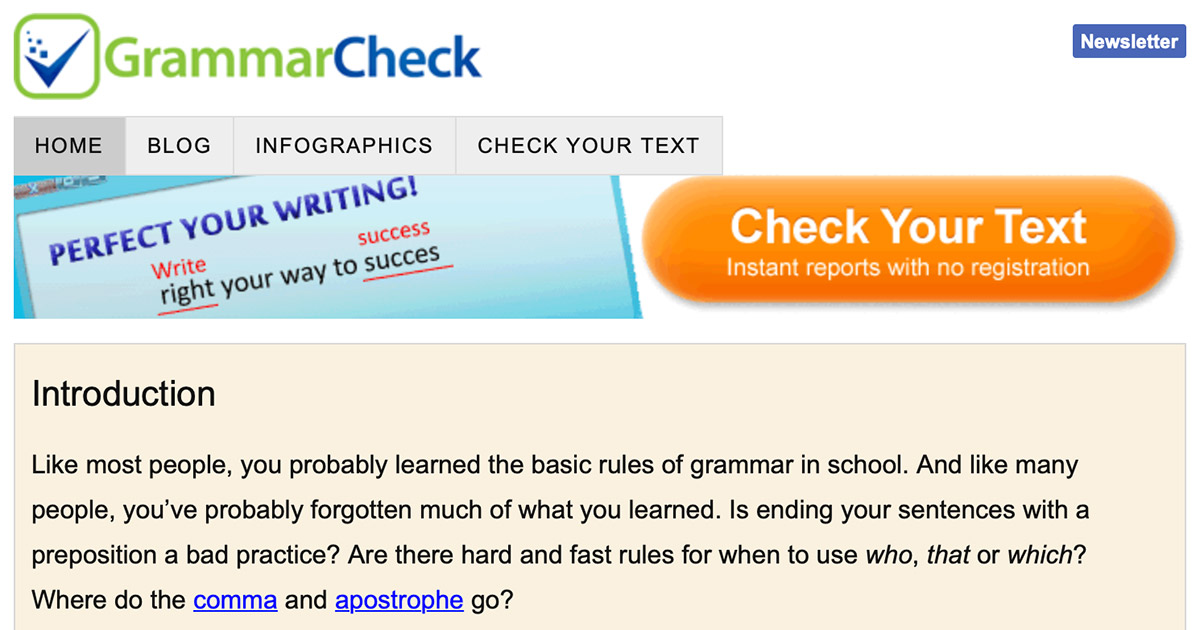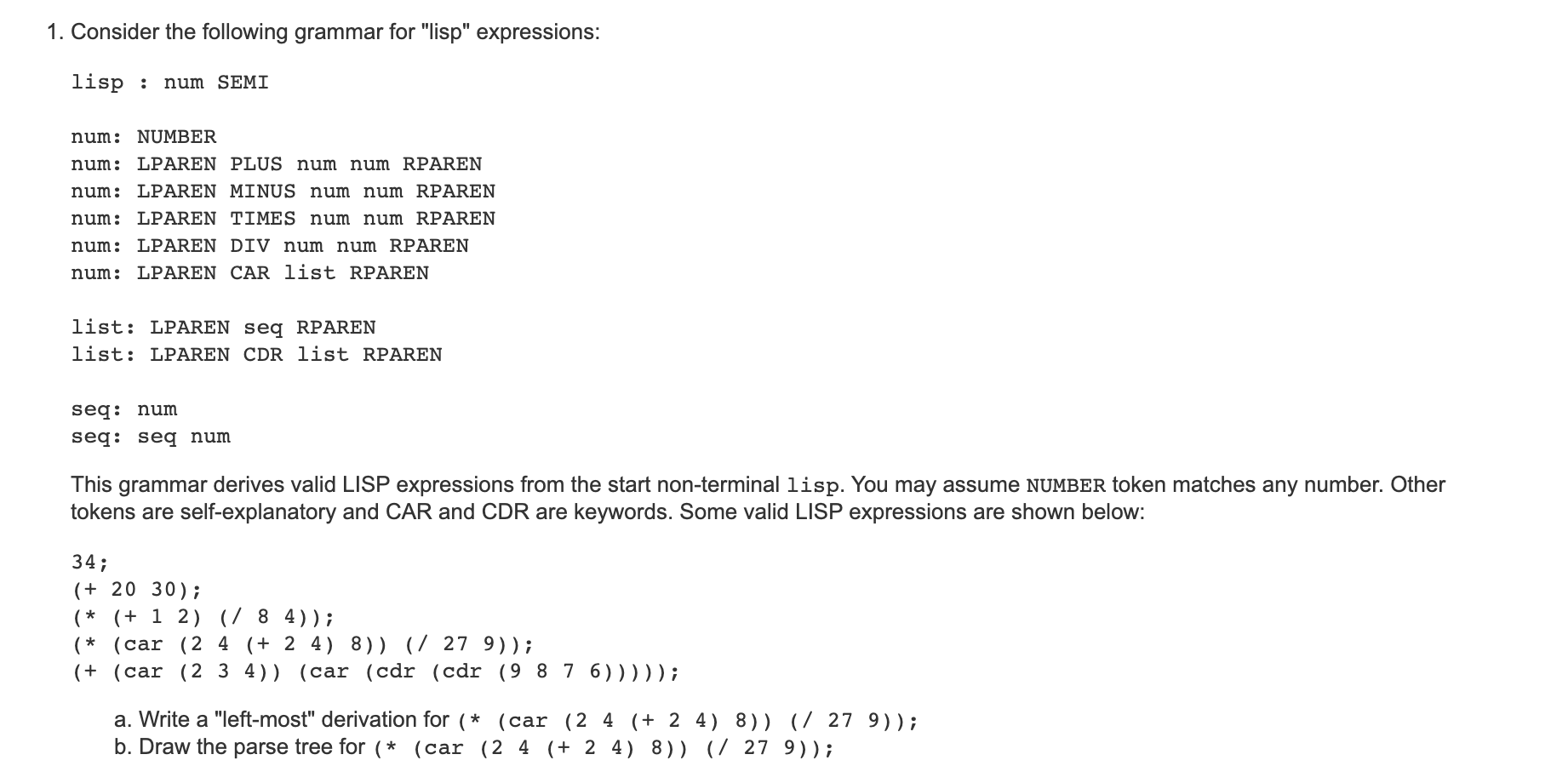

As a result, competition for places at these schools is fierce. This compares with 55 per cent of pupils nationally. In 2010, around 1,050 grammar-school pupils were studying at Oxford or Cambridge, and 98 per cent of pupils in grammar schools achieved five or more GCSEs, including English and maths, at Grades A* to C. Some (though very few) have boarding facilities, for which there is a charge.
#Grammar expert plus plus
There are around 160 grammar schools in England, none of which charges fees, plus a further 69 schools in Northern Ireland. Certain counties, such as Kent, Essex, Buckinghamshire and Lincolnshire, are well known for supporting the grammar-school system. They are available in some, not all, parts of England. Popularity of Grammar SchoolsGrammar schools remain extremely popular, largely thanks to their indisputable academic success. The ban on new grammar schools still remains.

However, the plans were short lived and, following the loss of the Conservative majority in the 2017 election, the plans were scrapped. Former Prime Minister Theresa May’s early days in office were marked by her proposal to lift the ban on new grammar schools. There have now been no new grammars for more than 50 years, although existing ones are allowed to expand – controversial plans to extend one of Kent’s grammar schools by means of an annexe in a town nine miles away received government approval in 2015 and Weald of Kent Grammar School, Tonbridge opened in September 2017. In 1998, Tony Blair’s government banned the creation of new grammar schools. Most grammar schools were phased out, either becoming comprehensives or being converted into private schools, but many were allowed to maintain their status and still exist today. This system was eventually replaced by a system of comprehensive schools, which admitted pupils of all abilities. Until the 1970s, pupils in England and Wales were required to sit what was known as the 11-plus exam, to determine which secondary school they would attend – a grammar (for the higher achievers) or a secondary modern. They are the only state schools in England that are allowed to select all their pupils based on academic ability. How does the grammar-school system work, and how do families apply for places? What are grammar schools?Grammar schools are government-funded secondary schools.

We originally designed our online plagiarism checker for students, but it’s a useful tool for writers in any field who want to create fresh, original, plagiarism-free work.Grammar schools were phased out in many parts of England in the 1970s, but they still exist in some areas and are popular with relocating parents keen to secure a top-quality education for their children. Grammarly’s online plagiarism checker can help you ensure that you have properly identified and cited anything in your text that isn’t 100 percent original. Fortunately, there is a tool that can help. For students, plagiarism often means a failing grade, academic probation, or worse. Unintentional plagiarism of even a sentence or two can have serious consequences. Using someone else’s text without attribution is plagiarism, whether you meant to do it or not. Is it still plagiarism if you’re using less than a paragraph? But now they’re an important part of your paper.

You didn’t bother with a citation at the time because you weren’t planning to keep them. Did you read it somewhere while you were researching the topic? If you did, does that count as plagiarism? Now that you’re looking at it, there are a couple of other lines that you know you borrowed from somewhere. You’re working on a paper and you’ve just written a line that seems kind of familiar.


 0 kommentar(er)
0 kommentar(er)
